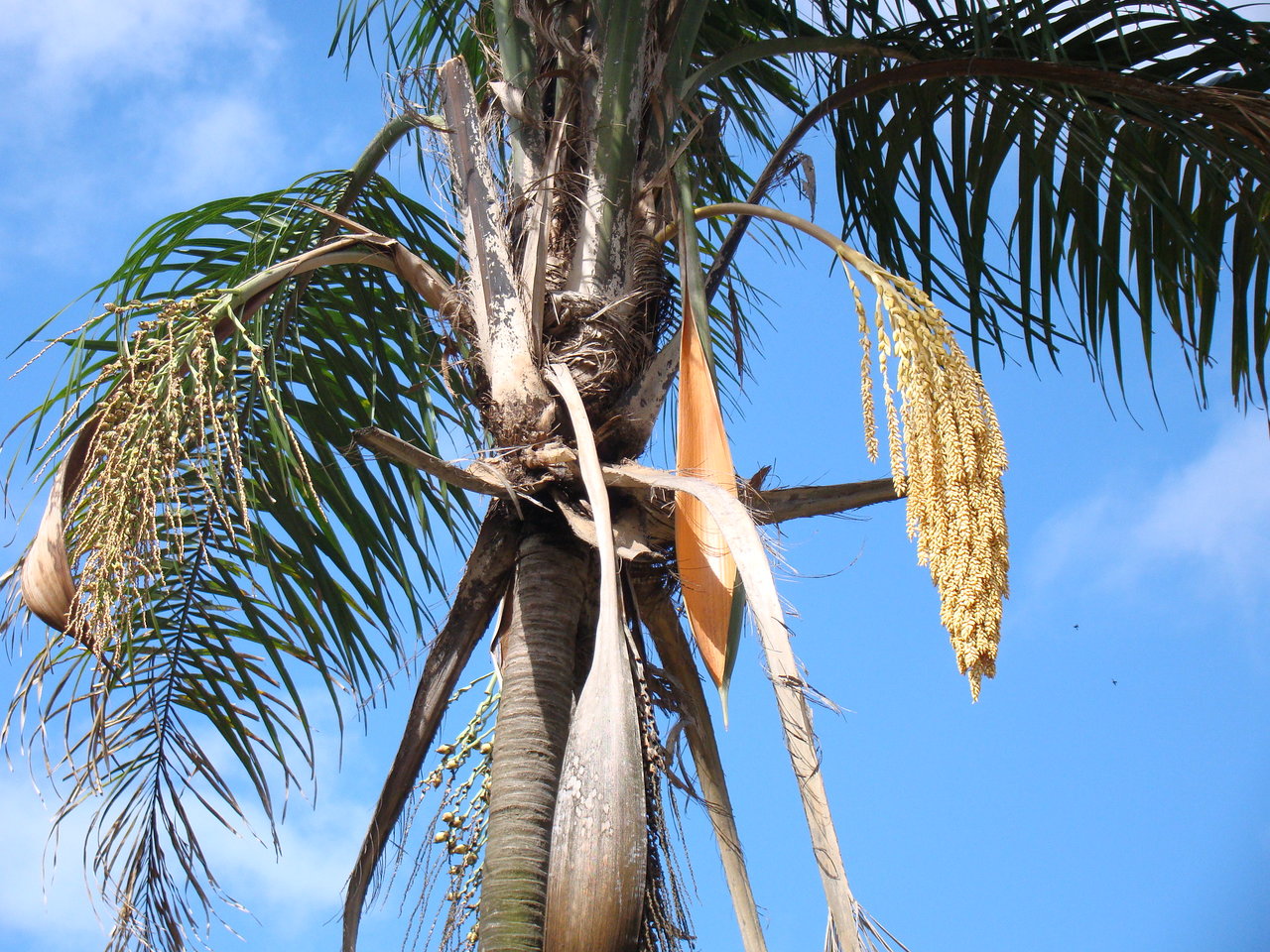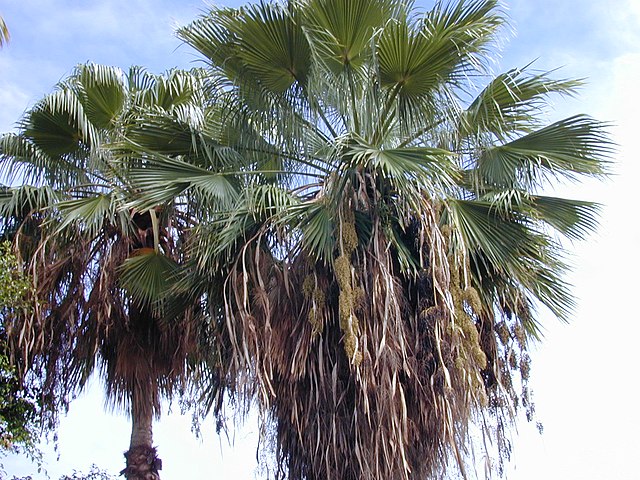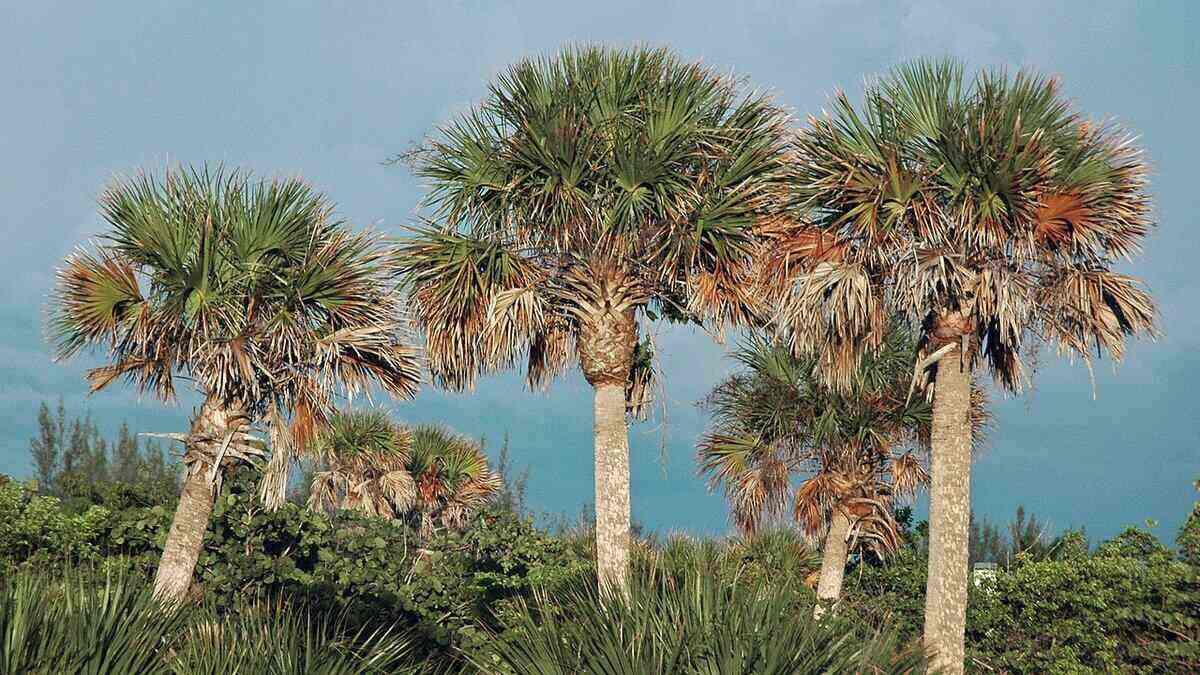
Trees benefit our environment in a host of ways and can bring beauty and increase the value of your Orlando home. However, regardless of their good looks, not all trees are suitable for planting in your landscape.
Whether they have a low wind resistance, weak wood, aggressive root system or considered invasive in the state, some species aren’t suitable for planting due to their potential to cause damage.
These five are some of the worst trees to plant in your Orlando yard.
1. Queen Palm (Syagrus romanzoffiana)
Nothing brings a tropical feel to the landscape like palm trees. And at first glance, queen palms (pictured above) fit the bill with their tall singular trunks and long flowing feather-like fronds. However, queen palms have a lot going against them that make them poor additions to Orlando’s canopy of trees. They’re messy and require a lot of maintenance to keep them looking their best. Besides being susceptible to a wide range of disease problems and nutrient deficiencies, the dropped ripe fruits are messy and smelly as they ferment on the ground. The palm also doesn’t stand up well in high winds and the University of Florida rates them as having the lowest tier of wind resistance. Additionally, the Florida Exotic Plant Pest Council classifies the queen palm as being a category II invasive species.
2. Chinese Tallow (Sapium sebiferum)
An attractive tree with dark green heart-shaped leaves that turn a vibrant red in fall, Chinese tallow trees were once popular throughout Florida. These trees are nicknamed popcorn trees due to the clusters of round popcorn-shaped fruits. Unfortunately, birds, wildlife and the winds carry the ripe fruits to other locations and the quick-growing tree can quickly take over stands of native species. Chinese tallow trees are considered an invasive species by the Florida Exotic Plant Pest Council and tend to topple in high winds.
3. Weeping Fig (Ficus benjamina)

Until recent years and due to its fast growth, attractive looks and hardiness, weeping figs were a popular addition to Orlando landscapes. Although the trees make dense and attractive hedges and privacy screens, there are more reasons not to plant one than reasons to plant. Weeping figs can reach 60 feet tall and wide — too overbearing for the typical yard. Their aerial roots form into additional trunks, making the tree even larger. Additionally, their invasive roots can lift sidewalks and damage house foundations. They also have low tolerance to wind, as noted by the University of Florida. This tree is best contained in a container, not planted in the yard.
4. Weeping Willow (Salix babylonica)
In the right setting, weeping willows add elegance. Their graceful branches arch downward and flow in the breeze. They prefer moist soil, but can also survive in drier conditions when provided enough water. However, these aren’t good tree choices for the vast majority of Orlando landscapes. Their large invasive root systems and weak wood make them poor neighbors. The University of Florida lists weeping willows as having a low tolerance to windy conditions and notes their roots can lift sidewalks, make mowing difficult. They also can damage sewer lines and septic tanks as they search for moisture. The tree is also messy with its dropped foliage and fruits and best suited for larger properties.
5. Mexican Fan Palm (Washingtonia robusta)

Although Mexican fan palms are popular palms seen in many commercial settings in Orlando, they have traits making this fast-growing tree unsuitable for residential landscapes. Although the palm is cold-hardy, thriving in temperatures down to 20 degrees Fahrenheit, its ultimate height reaches 100 feet tall. That’s too big for typical Orlando yards. In addition, and though many palms stand up to storms and windy conditions, Mexican fan palms aren’t one of them. In stormy weather, the palm can uproot itself or snap in half. That raises the possibility of the canopy falling on your house. The University of Florida rates it as having a low tolerance to windy conditions.
Getting to Know Your Proposed Tree
Always research the particular tree’s potential size, growth habit, characteristics and invasive potential before pulling out the shovel, digging a hole and making it a member of your Orlando landscape. You might save your home and surroundings from structural damage, and helping the local ecosystem, too. Getting to know the proposed tree assures you are planting the right tree in the right location.
Talk to an Orlando landscaping expert if you need help selecting plants or trees for your landscape.




